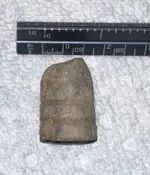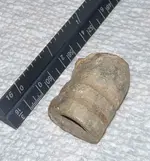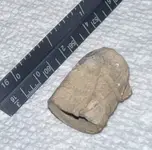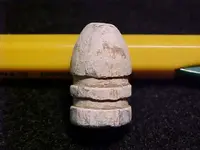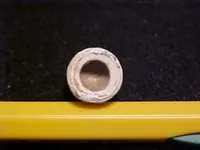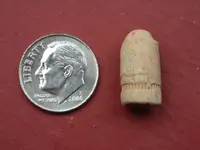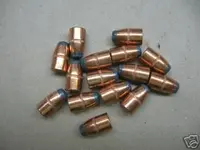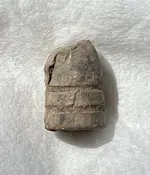Ronson
Jr. Member
- Joined
- Jul 17, 2014
- Messages
- 98
- Reaction score
- 73
- Golden Thread
- 0
- Location
- Dallas, Texas
- Detector(s) used
- Garrett Ace 350
- Primary Interest:
- All Treasure Hunting
Howdy folks.
Yesterday, about a half-hour south of Santa Fe, I dug my first Civil War-era lead slug.
Or at least, I thought I did… I’ve had one person opine that it is a “modern, machine-made” Minié ball.
(I guessed Sharps .52 cal, but I’m still on vacation and do not have access to the usual research materials & connectivity, and I live in DFW, so not many opportunities for digging Civil War relics.)
It was about 6” deep, under a tree, in an area that’s got quite a few tales attached to it, including that ammo from the Battle Of Glorietta Pass was buried out here, somewhere on this ranch.
Can anyone help me out with an i.d. or best guess?
Many thanks for y’all’s collective expertise.
Yesterday, about a half-hour south of Santa Fe, I dug my first Civil War-era lead slug.
Or at least, I thought I did… I’ve had one person opine that it is a “modern, machine-made” Minié ball.
(I guessed Sharps .52 cal, but I’m still on vacation and do not have access to the usual research materials & connectivity, and I live in DFW, so not many opportunities for digging Civil War relics.)
It was about 6” deep, under a tree, in an area that’s got quite a few tales attached to it, including that ammo from the Battle Of Glorietta Pass was buried out here, somewhere on this ranch.
Can anyone help me out with an i.d. or best guess?
Many thanks for y’all’s collective expertise.



